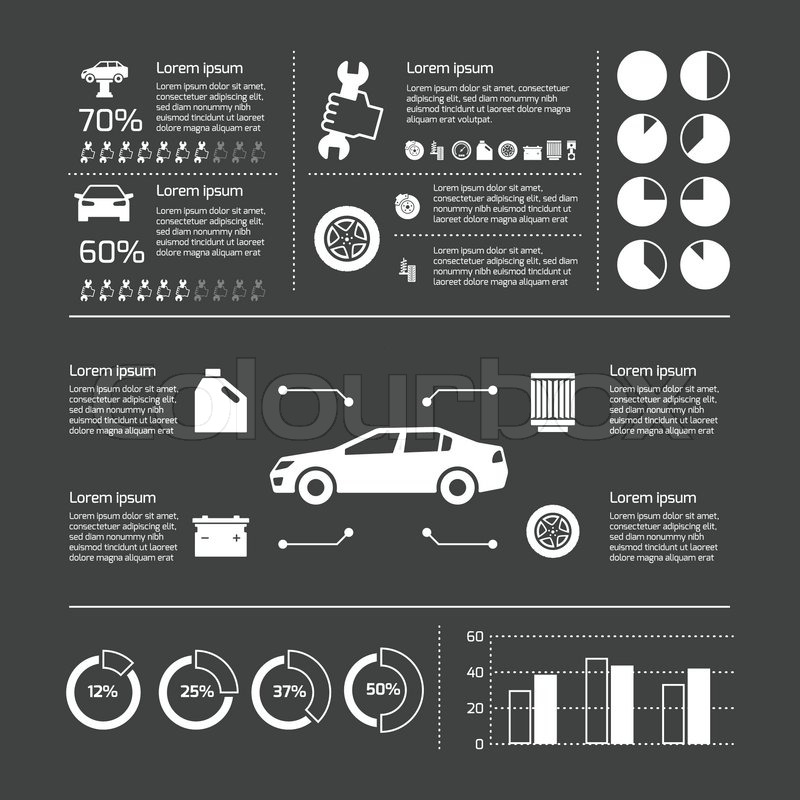Recognizing Your Vehicle'S Warning Lighting: What Do They Truly Mean?
Recognizing Your Vehicle'S Warning Lighting: What Do They Truly Mean?
Blog Article
Posted By-Johannsen Conradsen
When you lag the wheel, those beautiful caution lights on your control panel can be a bit perplexing. Do you understand what they're trying to tell you regarding your vehicle's health and wellness? Understanding the relevance of these lights is essential for your security and the durability of your vehicle. So, the next time among those lights pops up, wouldn't you want to decipher its message properly and take the required actions to resolve it?
Common Warning Lighting and Interpretations
Recognize common warning lights in your vehicle and understand their definitions to ensure secure driving.
why not try here of the most typical warning lights include the check engine light, which indicates problems with the engine or exhausts system. If this light begins, it's essential to have your lorry examined immediately.
The oil pressure advising light shows reduced oil stress, needing immediate interest to stop engine damage.
A blinking battery light might suggest a damaged charging system, potentially leaving you stranded otherwise addressed.
honda mechanic monitoring system (TPMS) light alerts you to low tire pressure, influencing vehicle security and gas effectiveness. Overlooking this might bring about dangerous driving problems.
The ABS light indicates a trouble with the anti-lock stopping system, compromising your ability to quit rapidly in emergencies.
Lastly, the coolant temperature warning light warns of engine getting too hot, which can lead to extreme damage otherwise fixed swiftly.
Understanding these usual caution lights will certainly help you attend to concerns immediately and keep risk-free driving conditions.
Relevance of Prompt Attention
Understanding the usual caution lights in your cars and truck is only the initial step; the relevance of promptly resolving these warnings can not be highlighted sufficient to guarantee your safety and security on the road.
When a caution light illuminates on your control panel, it's your car's method of communicating a prospective issue that needs attention. Ignoring these warnings can result in much more extreme troubles down the road, endangering your security and possibly costing you extra out of commission.
Motivate attention to cautioning lights can stop break downs and crashes. For example, a blinking check engine light could indicate a misfire that, if left neglected, might trigger damage to the catalytic converter. Addressing this without delay can save you from a costly repair work.
Similarly, a brake system alerting light might indicate reduced brake fluid or used brake pads, vital components for your safety when driving.
DIY Troubleshooting Tips
If you discover a caution light on your control panel, there are a couple of do it yourself repairing tips you can try prior to looking for specialist assistance.
The very first step is to consult your cars and truck's guidebook to recognize what the details caution light shows. Sometimes the issue can be as simple as a loose gas cap activating the check engine light. Tightening the gas cap might solve the issue.
Another usual problem is a low battery, which can trigger various alerting lights. Examining https://johnathanlfzuo.bloggerbags.com/36299628/the-ultimate-guide-to-searching-for-reliable-car-fixing-shops-in-your-location for deterioration and guaranteeing they're protected could repair the trouble.
If a warning light persists, you can try resetting it by separating the auto's battery for a few minutes and after that reconnecting it. In https://free-service-tire72849.tokka-blog.com/31329662/diy-vs-professional-automobile-repair-service-when-to-do-it-yourself-and-when-to-call-the-pros , inspecting your car's fluid levels, such as oil, coolant, and brake fluid, can help fix advising lights connected to these systems.
Conclusion
In conclusion, understanding your cars and truck's caution lights is vital for maintaining your vehicle running efficiently and securely. By without delay addressing these alerts and recognizing what they indicate, you can stay clear of pricey repairs and possible malfunctions.
Remember to consult your cars and truck's guidebook for certain information on each cautioning light and take action appropriately to make certain a hassle-free driving experience.
Keep notified, remain safe when traveling!
